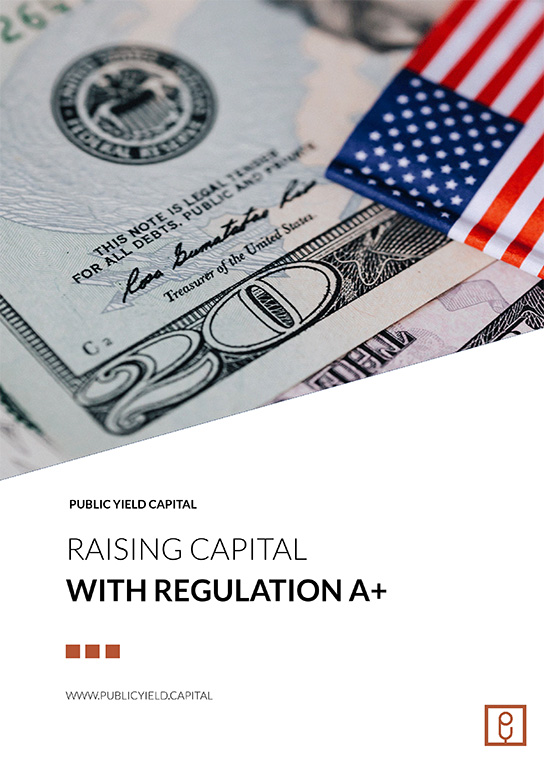
The online private market continues to expand as more companies turn to equity crowdfunding to access capital from retail and accredited investors alike. Recent data on capital formation across the sector reveals a clear trend: the space is maturing, investor participation is diversifying, and founders now have more choices — and more strategic considerations — than ever before.
Rather than comparing platforms, this analysis focuses on what these market patterns mean for founders: how deal volume, average raise size, and capital concentration reflect the current investor appetite, and how to use these insights to plan a stronger raise.
1. Two Distinct Modes of Capital Formation
Across thousands of Regulation Crowdfunding (Reg CF) raises, a clear pattern has emerged. Founders are pursuing one of two dominant approaches to raising retail capital: volume-based discovery and ticket-size efficiency.
- Volume-based discovery is driven by campaigns that prioritize reach and accessibility. These are often consumer-facing brands or early-stage ventures seeking to engage hundreds or thousands of small investors. The trade-off: lower average investment per participant, but greater brand visibility and community reach.
- Ticket-size efficiency reflects a different strategy — fewer investors, higher commitments, and a more concentrated funding base. These issuers typically come to market with stronger traction, later-stage operations, or specialized offerings that attract larger checks from a smaller group.
Both models work. The right one depends on a company’s stage, audience, and storytelling ability. Early consumer brands often benefit from broad participation and social proof, while technology, infrastructure, or asset-heavy ventures may perform better through depth-focused campaigns.
2. The Concentration Effect: Fewer Campaigns, Larger Dollars
On the Regulation A side, total capital raised continues to grow, but through fewer active issuers. The data shows that the top campaigns account for the vast majority of dollars raised.
This “concentration effect” highlights a simple but critical truth: success at the higher end of the market depends less on platform selection and more on campaign readiness. The companies raising multi-million-dollar rounds are those that invest early in three areas:
- Strategic communication: Developing a refined investor message, pitch narrative, and brand alignment well before filing.
- Data and targeting: Building investor profiles and segmentation strategies to reach the right retail and accredited audiences.
- Systematic follow-up: Treating investor engagement as an ongoing process rather than a one-time event.
Founders pursuing larger raises must think less about “where to list” and more about how to prepare and execute — with capital efficiency, legal readiness, and investor communication working in tandem.
3. Niche and Mission-Driven Capital Is Growing
Another meaningful trend in the data is the rise of specialized investor communities. Environmental, health, and impact-driven offerings continue to attract above-average investment per campaign, despite representing a small portion of total deal flow.
This suggests a growing maturity among retail investors: rather than following generalized trends, they are self-selecting into categories that align with their values or expertise. For founders, this is a powerful signal. Campaigns that connect mission with measurable impact — through data, transparency, and credible execution — can attract a focused audience willing to invest more per transaction.
The takeaway is not that “green” or “impact” deals perform better universally, but that purpose-led positioning resonates when paired with clarity, progress, and results.
4. What Founders Should Take from the Data
Each year, the structure of the private market becomes more defined. The numbers tell a clear story:
- Deal volume is up, but average check size is polarizing.
- Capital concentration is rising in larger, more prepared campaigns.
- Investors are segmenting by interest, not just return potential.
For founders, this means the path to capital now requires both clarity of story and discipline of process. A successful crowdfunding raise today demands the same strategic precision that institutional investors expect — data-backed preparation, continuous investor engagement, and consistent communication from pre-launch through post-close.
5. Turning Market Insight into Action
Understanding the market landscape is the first step. Acting on it requires a structured approach that aligns storytelling, investor data, and outreach discipline. Founders preparing to raise should consider:
- Campaign Readiness
Assess investor messaging, offering structure, and compliance positioning early. Well-prepared campaigns raise faster and retain higher average investment sizes. - Investor Targeting and Segmentation
Use historical investor data, demographic research, and persona development to reach the right audience. Personalized outreach improves conversion rates and retention. - Engagement Infrastructure
Build systems for continuous communication — investor updates, Q&A touchpoints, and follow-ups. Campaigns with active engagement see significantly higher completion rates. - Data-Driven Optimization
Track metrics like lead-to-investment conversion, cost per investor, and average ticket growth. Continuous analysis improves capital efficiency over time.
6. The Next Stage of Retail Capital
Equity crowdfunding is no longer an experimental niche; it’s becoming an integral part of the private capital ecosystem. As retail participation scales, founders must think like capital market operators — using insight, segmentation, and investor relations discipline to drive outcomes.
The future of private markets won’t be defined by platform dominance, but by how effectively founders use data, process, and narrative to convert attention into investment.
Founders who take a structured, data-informed approach to outreach are the ones most likely to thrive as this market continues to evolve — building not just campaigns, but enduring investor communities that compound in value over time.



